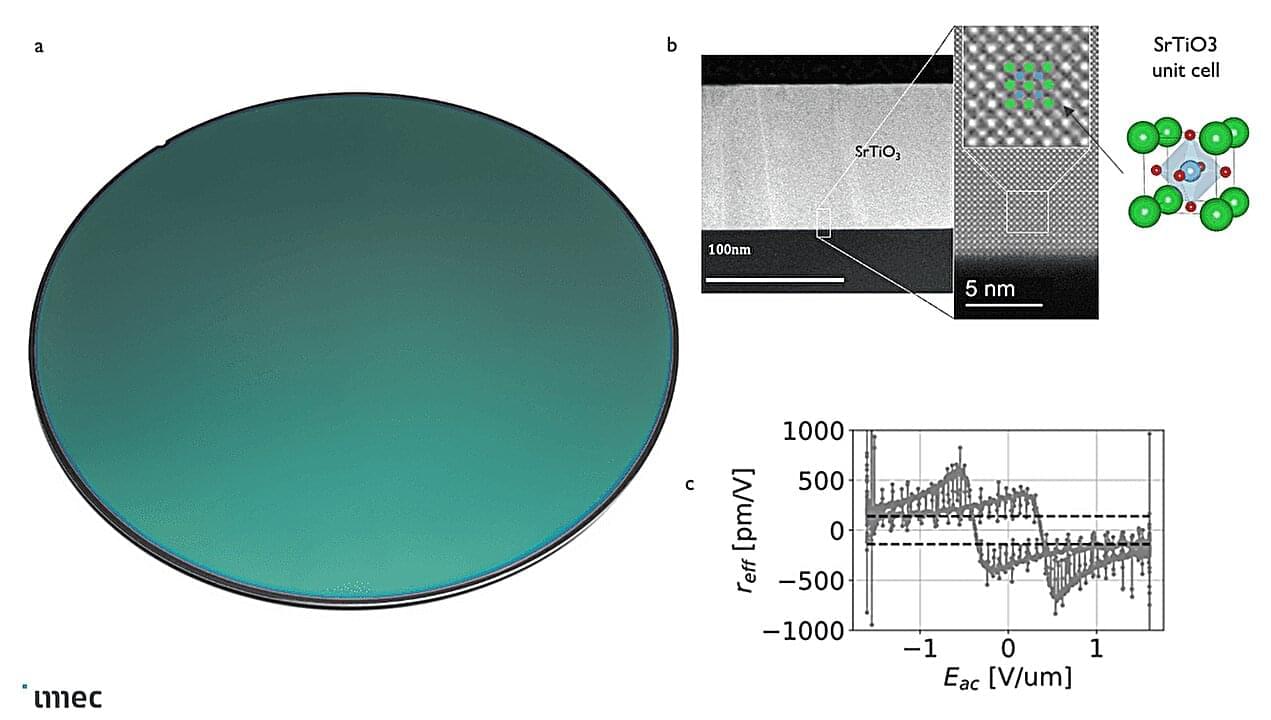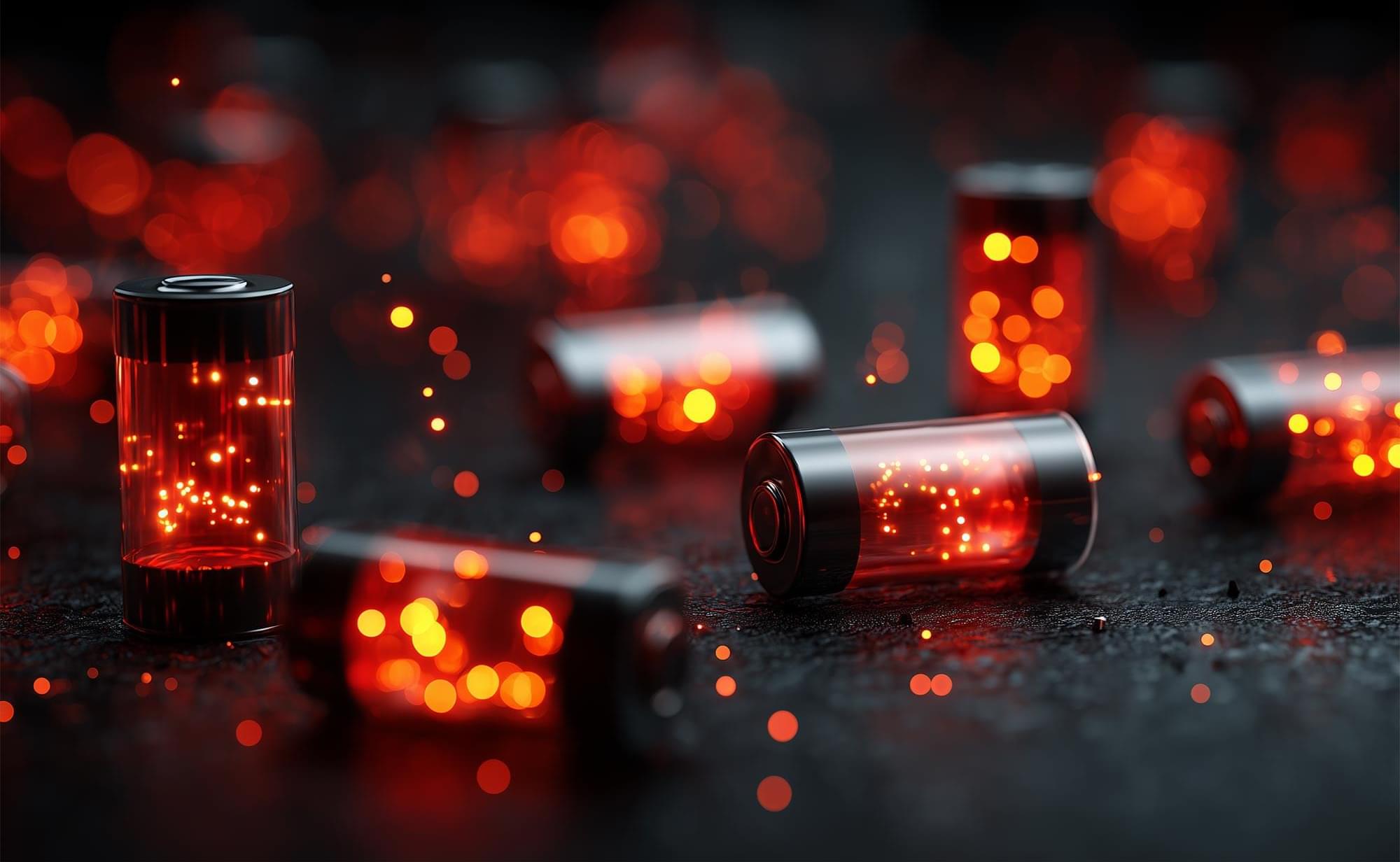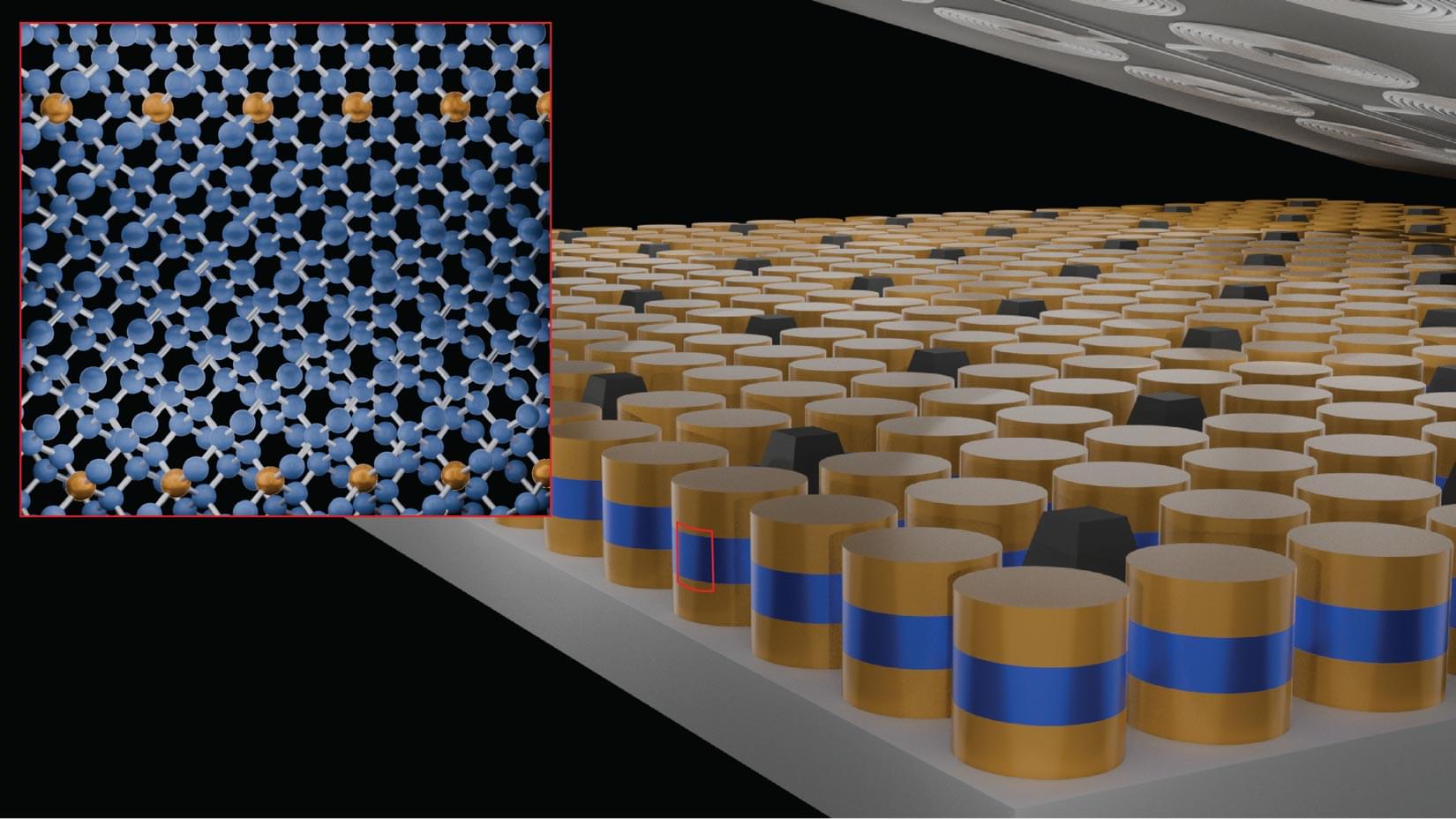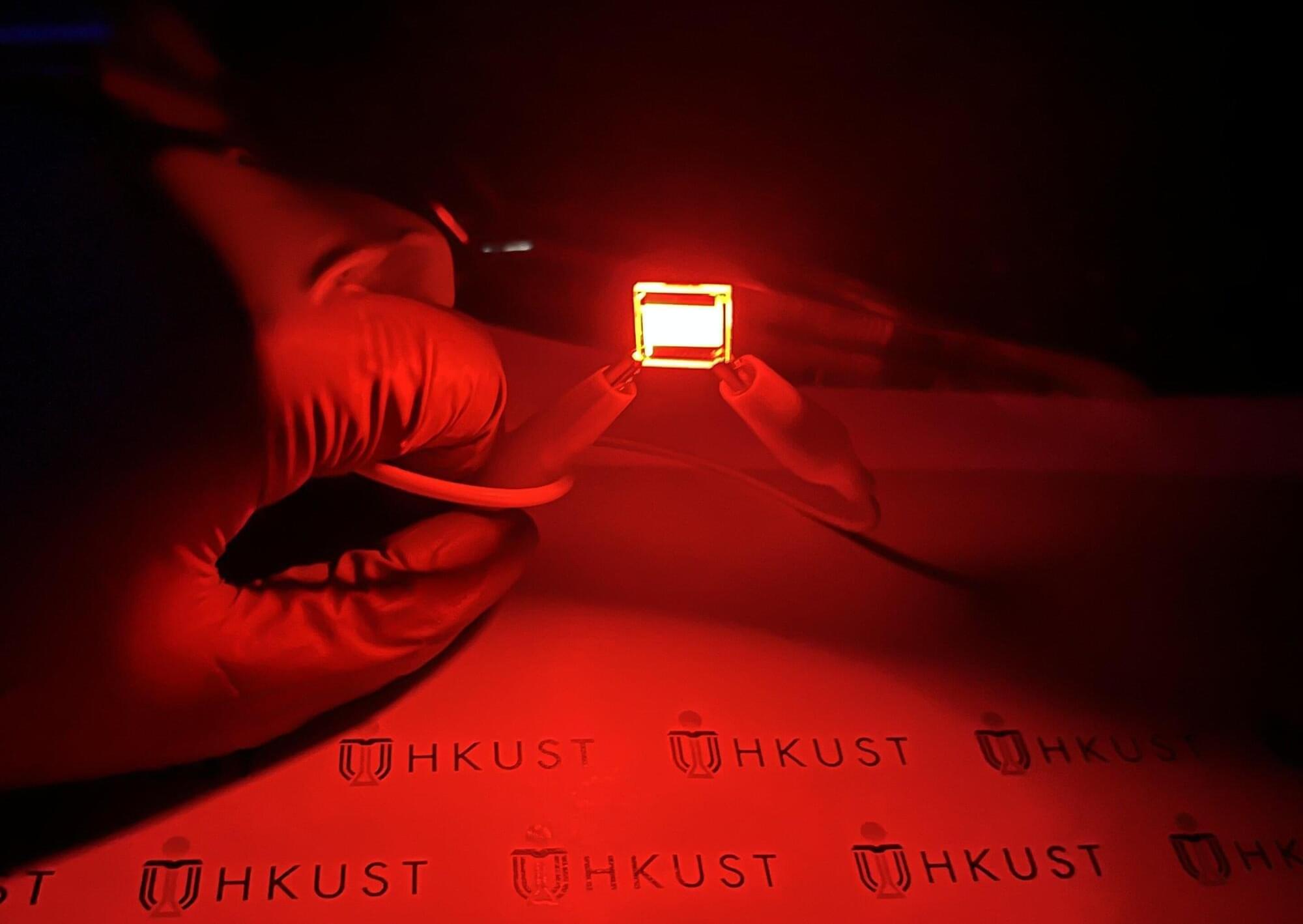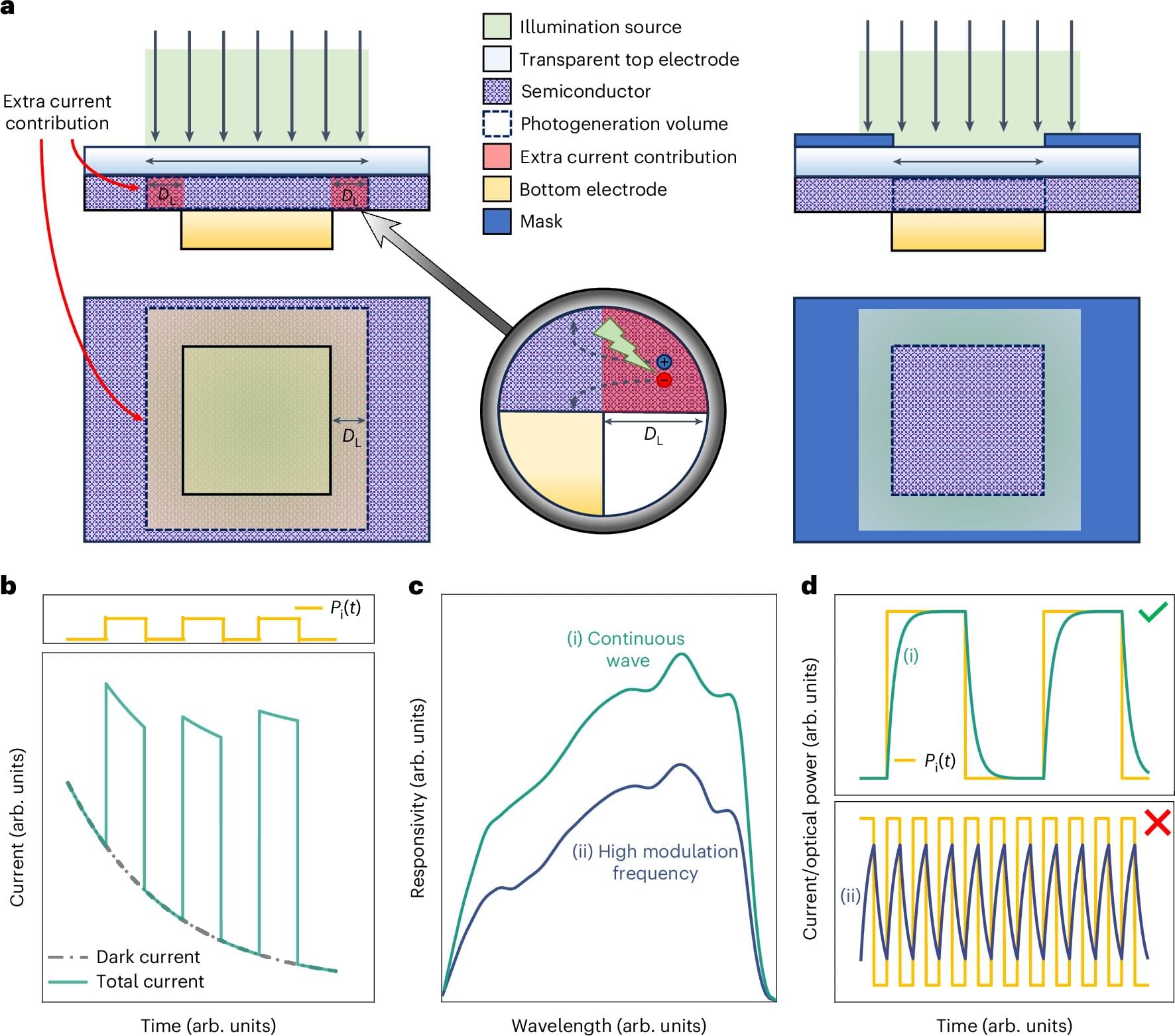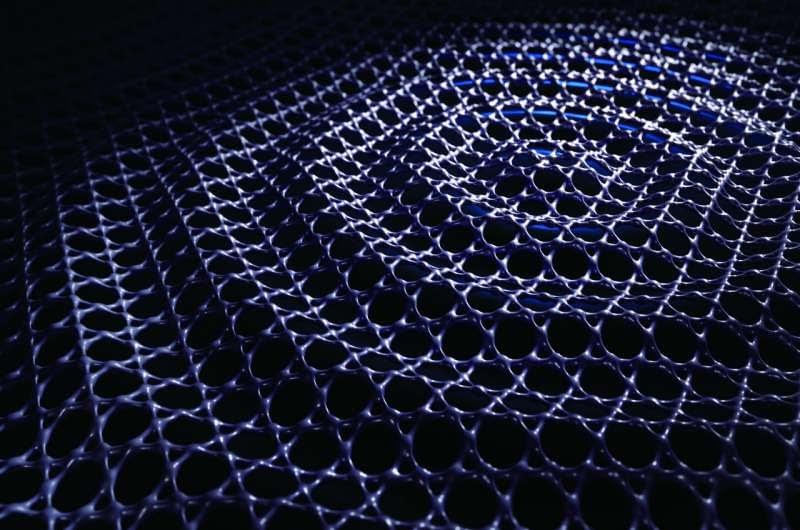At 4 degrees Kelvin, most electro-optic materials falter. Nanoelectronics R&D center imec has now successfully engineered thin-film strontium titanate (SrTiO₃) that delivers record electro-optic performance with low optical loss, pointing to shorter, faster building blocks for quantum devices.
Quantum computers and detectors run at temperatures close to absolute zero. In these extreme conditions, even the best room-temperature materials struggle to control light efficiently. This feature is essential to encode, route, and convert information in electro-optic networks, which at room temperature are used in data and telecom applications, but also increasingly for ultra-low temperature quantum links.
In a new paper published today in Science, imec researchers, in collaboration with KU Leuven and Ghent University, report how they re-engineered a common crystal, strontium titanate (SrTiO₃), so it behaves with record performance at cryogenic temperatures.
